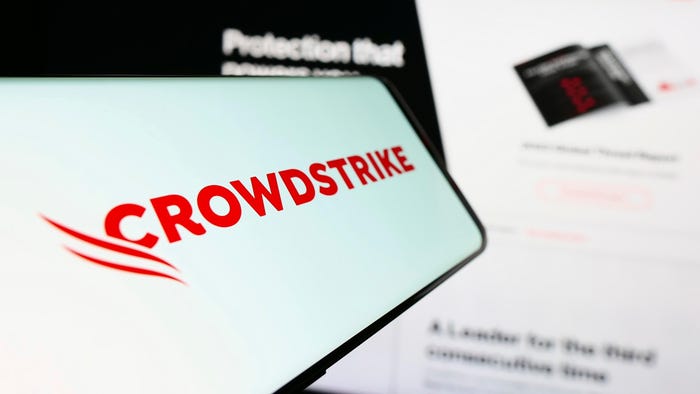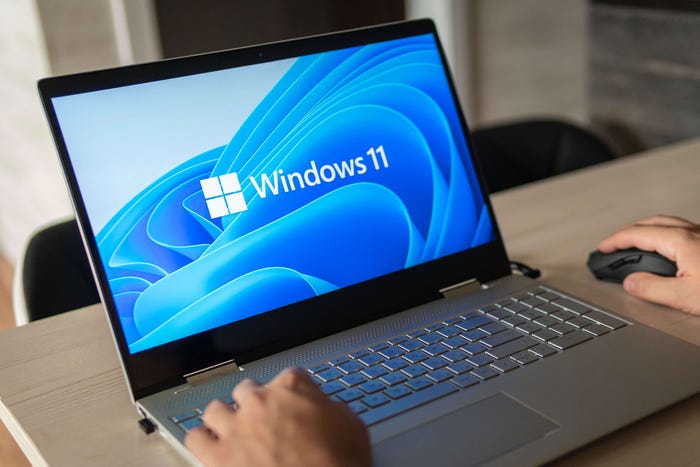7 Ways To Save Microsoft In 2011
If Redmond can't adapt to the most competitive landscape in decades, it will fall further behind Apple and Google in key growth markets like phones and tablets.

2010 started with a bang for Microsoft. The company was riding the momentum from its Windows 7 launch the previous October, CEO Steve Ballmer commanded the stage at the Consumer Electronics Show to tout Microsoft's tablet plans, and its introduction of the KIN social networking phones promised to restore the company's place in the mobile market and capture a new generation of users.
Cue the whimper. After 12 months, Windows 7 is selling well, but the real buzz in operating systems has been stolen by Google, which this year will introduce a series of potentially game-changing netbooks powered by its Chrome OS. Windows-based tablets are almost nowhere to be seen, and the KIN died an early death amid abysmal sales. With those challenges in mind, here are seven strategies Microsoft must pursue this year to restore its cred.
Phones, phones, phones. Ballmer must pull out the stops and establish his company as a legitimate contender in smartphones. Microsoft launched Windows Phone 7 with a big marketing campaign in October, but early sales numbers indicate it has more work to do. About 1.5 million Windows Phone 7 handsets, from vendors like HTC, Dell, and Samsung, shipped in the operating system's first six weeks on the market, according to Microsoft. Not bad, but it's not enough to cause Steve Jobs to lose sleep.
Apple's iPhone sold 3 million units in just three weeks during its debut period. Ballmer must use all of Microsoft's remaining clout with retailers, channel partners, and OEMs to push Windows Phone 7 devices to the forefront. Otherwise, the company could become an also-ran in a category that Gartner predicts will represent the dominant computing platform by 2013, when there will be 600 million units deployed worldwide.
Produce a genuine tablet OS. Similarly, Microsoft is very late to hardware's other key growth market: tablets. Apple still rules with the iPad and will introduce an even slicker version in the coming months. Google, meanwhile, is fast becoming a player with Android-based devices from Samsung, Dell, and others.
Microsoft has been AWOL, and it didn't help when HP ditched plans for a Windows 7-based slate in favor of tablets that run its own Palm WebOS software. That should have been Microsoft's first clue that it needs to produce a true tablet OS instead of trying to shoehorn Windows 7 into a new form factor. PC operating systems are too slow and bulky for the tablet market, which demands instant-on and flawless touch screen capabilities. Microsoft's best bet: Develop a version of Windows Phone 7 geared for tablet needs.
Make Windows cheaper, or free. One way for Microsoft to fend off encroachments by Google and Apple into the desktop is to radically change the way it prices Windows. The company currently charges up to $319 for a boxed version of Windows 7 and licenses it to PC makers for anywhere between $50 and $100 per unit for preinstalled versions.
It's a good business – Microsoft generated about $12.9 billion in Windows OEM sales alone in calendar 2009. But it won't last.
Google is now looking to use its success in the cloud and in mobile to assail Microsoft's core desktop market, and it's offering Chrome OS virtually for free to OEMs. That means computer makers can charge a lot less for a Chrome-based machine than one that runs Windows, and pass the savings on to customers. Google recognizes that the real money to be made going forward is in online services like search, advertising, geolocation, and social networking, and that in the cloud age the OS is nothing more than a gateway to those services.
Consumers and businesses are already catching on and want less client and more cloud. Microsoft needs to respond by drastically lowering the price it charges end users and OEMs for Windows licenses.
Leverage Kinect into new markets. The major bright spot in the past year for Microsoft was its Kinect hands-free motion controller for Xbox 360. The system lets users control on-screen action in games simply through hand gestures and other physical motions. Microsoft launched Kinect in November and sold 2.5 million units in the first 25 days.
But while Kinect is a cool toy for gamers, its real potential is in vertical business markets where virtual controls could prove revolutionary. Imagine a surgeon manipulating microscopic tools through a series of hand gestures, or a molecular researcher twisting DNA molecules with the snap of a finger. That's where the value in Kinect's underlying technology really lies -- the question is whether Microsoft has the vision to tap it.
Stanch Explorer's losses. Microsoft's Internet Explorer, which once held more than 90% of the browser market, suffered its largest ever month-to-month market share decline in December, slipping to 57.1% and actually falling behind Mozilla's Firefox in Europe. Part of the reason for IE's decline is reflected in Microsoft's struggles in other areas (see above).
For instance, as more computing goes to non-Microsoft mobile platforms, mobile browsers will begin to dominate. Beyond that, Microsoft isn't used to having real competition in the browser market. But with the arrival of mature versions of Firefox and Chrome, as well as a European Union dictate for Microsoft to offer European consumers equal access to IE alternatives, Redmond must respond.
With its full support for HTML 5, CSS3, ICC Color Profiles, and other modern Web standards, Internet Explorer 9 -- now in beta -- has the potential to help Microsoft stop the bleeding when the final version launches this year.
Restore management stability. In the past 18 months, the entrance to Microsoft's corporate headquarters has revolved faster than the judge's panel on American Idol.
Key executives that have departed, either of their own volition or for "personal reasons," include Business Division president Stephen Elop (now Nokia's CEO), Windows strategy VP Mike Nash, Genuine Software program director Alex Kochis, and Windows group senior VP Bill Veghte, who jumped to HP. Ray Ozzie, who was brought in to kick start Microsoft's cloud efforts, in October announced his intention to leave following a transition period.
Ballmer needs to find a way to put a stop to the attrition, fast. Otherwise, Microsoft's internal instability could derail efforts to respond to the most competitive computing market in decades.
Recapture relevance. If Microsoft can get all of the above right, it can achieve the seventh, and perhaps most important, task on this list of must-dos for 2011 -- become relevant to the tech conversation again. At no other time in recent memory has the company been such a sideline player as it was in 2010, when the business and tech headlines focused on Apple, Google, Facebook, Groupon, and other companies perceived to be the hot brands of the new decade.
Microsoft tried to regain the hip factor in 2009 with a series of commercials featuring Jerry Seinfeld and Bill Gates. The inscrutable spots mostly drew a WTF? reaction from viewers and critics. In 2011, Microsoft needs to let its R&D and engineering capabilities do the talking by coming up with cool new products that will set tongues wagging on their own.
Kinect was a strong start, but the company needs at least a couple of more blockbusters to set the agenda. Otherwise, 2011 could be another long year in Redmond.
Read more about:
2011About the Author(s)
You May Also Like
CISO Perspectives: How to make AI an Accelerator, Not a Blocker
August 20, 2024Securing Your Cloud Assets
August 27, 2024




